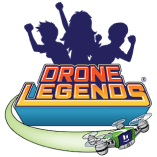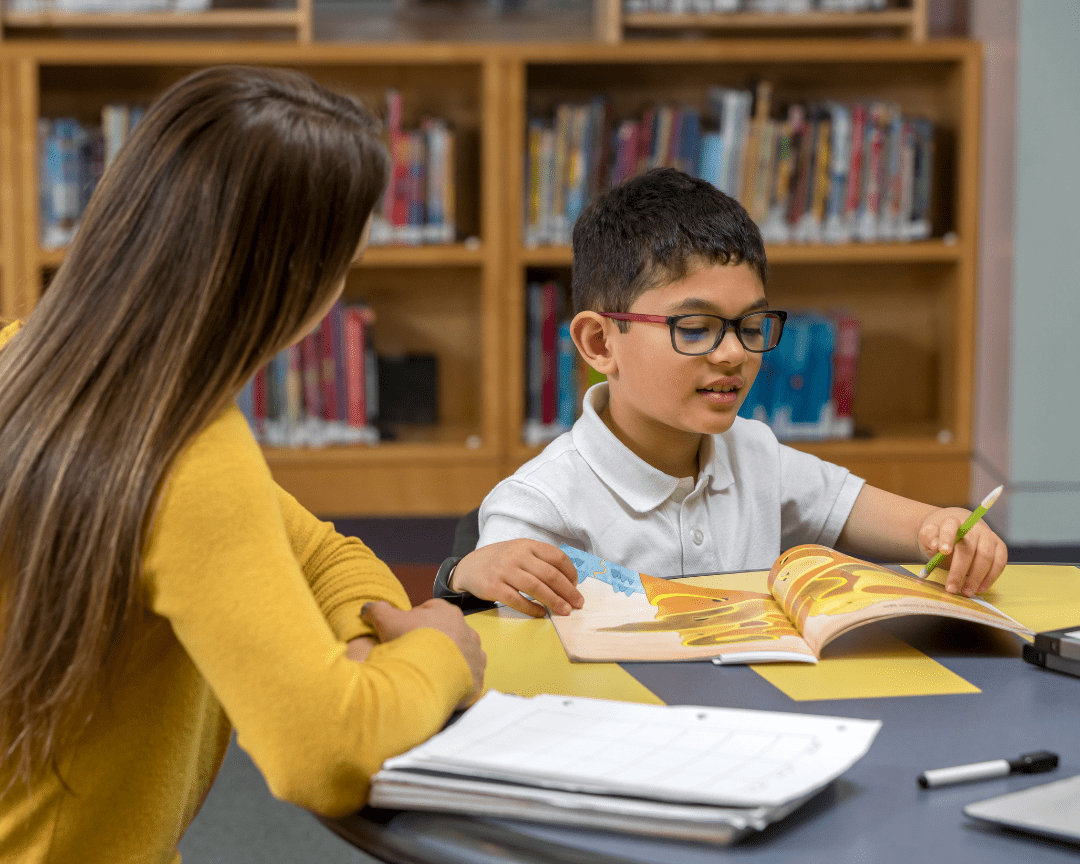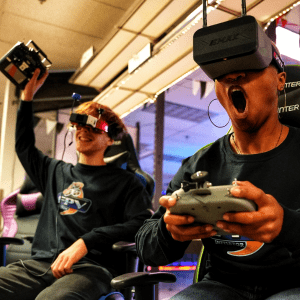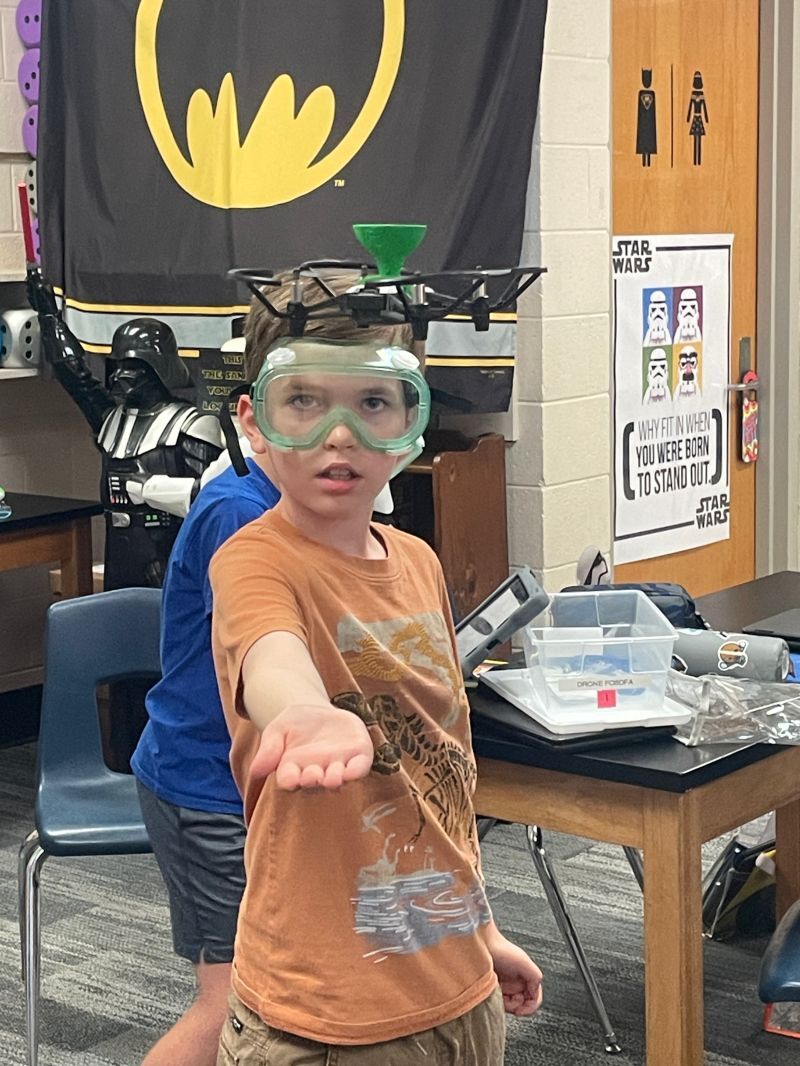When a student doesn’t initially grasp curriculum content with the rest of their class, it’s easy for them to feel discouraged. Good teachers identify and address these setbacks, then work with students to catch up.
Great teachers search high and low for new solutions that ensure every child has support when filling in these learning gaps.
The education team at Drone Legends believe in the limitless potential of every kid, and is dedicated to putting tech in their hands to reignite a passion for learning.
Keep reading to learn how educators are using technology and drones as a tool in remediation initiatives.
What is Remediation in Education?
Remediation means “the process of remedying”. When it comes to learning, remedial education helps students comprehend specific content that was already taught. The student may have grasped only part of the concept or failed to comprehend the subject material entirely. In other words, remediation means reteaching.
Educational remediation programs typically focus on core subjects like reading, writing, and math. Because the world is now so digitized, remedial practices in schools are focusing more on STEM (science, technology, engineering, and math) in addition to core subjects.
There are a few main types of remedial education:
- One-on-one: Focused tutoring or 1-1 instruction for an individual student.
- Small group: Extra instruction for a group of students who need help with the same subject(s).
- Peer-to-peer: Advanced or proficient students help less advanced students learn and catch up.
- Withdrawal: Temporary or long-term removal from the mainstream classroom to receive intensive remedial support.
- Computer-assisted intervention: Tailored, self-paced computer lessons that allow students to overcome learning challenges.
Since the COVID-19 pandemic, many schools have upped their remediation efforts. Reteaching methods can be seen in patterns throughout historical events, and have consistently shown to improve the academic and social lives of students on a small and large scale.
Reteaching to Meet (and Surpass) Educational Standards
Every student has their own learning style, as well as natural strengths and weaknesses. Reteaching is a normal practice for any educational program and can be used for any student who has yet to unleash their full potential.
Whether it be the student with declining test scores or a straight-A student who can’t seem to relate to an important new concept, remediation helps optimize the learning content in a way that actually “sticks”.
The prevalence of remedial classes and frameworks peaks after times of social distress or displacement. Natural disasters, wars, violent incidents, and pandemics put a pause on regular learning, holding kids back from meeting developmental milestones.
Once the opportunity to learn re-emerges, remedial coursework fills in the gaps they may have forgotten or missed.
Using Drones in Remedial Education Programs
We live in a technological society. Kids today prefer a smartphone and computer screen over original learning tools like paper and pen. Despite the unknowns of tech development, we can’t go backward. Nor can we place extra limits on students who already feel held back.
Drones are a great tool for remedial learning in STEM and STEAM today. Where students once felt disengaged, bored, or defeated, drones point their attention toward STEM concepts in new, relevant ways.
A study by the National Pingtung University of Science and Technology found that smart technologies such as drones gave learners an unrivaled learning outcome. Mainly, it helped them sharpen their creative and computational thinking skills — two things required to succeed in STEM careers.
We know that digital devices pique kids’ interest, so why not utilize these powerful tools for learning? Here’s what that looks like.
Drones Improve Student Engagement
It’s important to re-engage students in every learning environment. Although active engagement is a vital element of learning, surveys show that student levels of curiosity, attention, and positive experience have dropped since the rise of the virtual classroom.
The best ways to engage students are through group projects, class activities, and increased academic challenges. Remedial math classes and science programs are the perfect opportunities to get drones in the hands of students— and keep them engaged as they digest information.
Drones Demonstrate STEM Concepts
From physics to coding to environmental sustainability, drones introduce real-world insights to learners of all ages. Important STEM concepts are learned through drones. Some examples:
- Mechanics: Remote control operation; troubleshooting; drone building and repair
- Aerodynamics: Basic physics of vertical takeoff; intricate fly patterns; drone piloting and co-piloting
- Computer science: Basic coding and flight programming
- Mathematics: Measurement and estimation; introduction to advanced math like calculus
- The scientific method: Forming and testing hypotheses; engaging in problem-based learning
But STEM isn’t the only field of learning that drones enhance. They also support studies in the arts, as well as remediate social learning.
Drones Encourage Social-Emotional Learning
The great thing about virtual learning is that it keeps teachers and learners connected when circumstances require us to stay physically apart. The not-so-great thing about virtual learning is it leaves out the important in-person connections students need throughout their developmental years.
While academic competency is important, more teachers are starting to pay closer attention to the delays in social-emotional learning (SEL) in the aftermath of the pandemic. Drones projects encourage SEL by initiating collaboration and bringing together students with cognitive, social, and economic differences.
Drones Bridge Socio-Cultural Divides
Technological enrichment programs have often been catered to students who have an existing comprehension of STEM or who come from upper-class families that can afford fancy educational experiences. But with school drones, the doors of STEM learning open up to all, making them amazing gadgets for remediation programs.
Drone lessons can be beneficial for kids of all learning types and developmental levels. This includes second language learners, diverse student populations, special needs students, and more.
STEM Education: Remediation Curriculum
Every child has potential, regardless of what their current academic standing is. The key to unlocking the real capabilities in kids today is to get on their level. What do they love? What fascinates them? How can educators use new tech and generation-approved tools to teach critical skills and concepts?
If you’re a teacher or parent who sees the potential in drone education for remediation, find a STEM curriculum that teaches drones to kids. At Drone Legends, we believe: Inside Every Child Lives a Legend™. Our standards-backed curriculum starts and ends with that fundamental fact. To get started with a top-notch drone curriculum for remedial learning, reach out to Drone Legends today.




